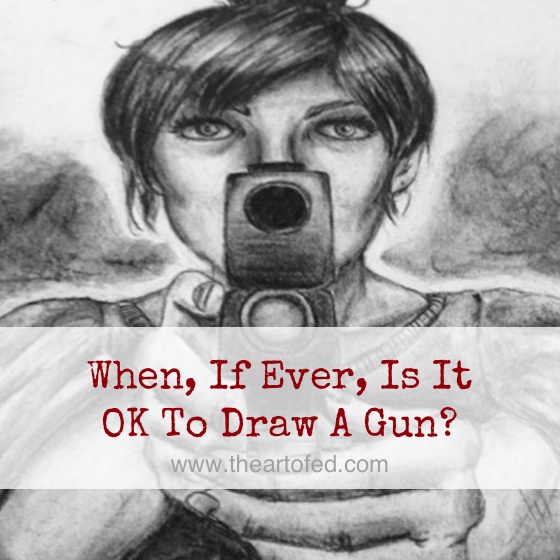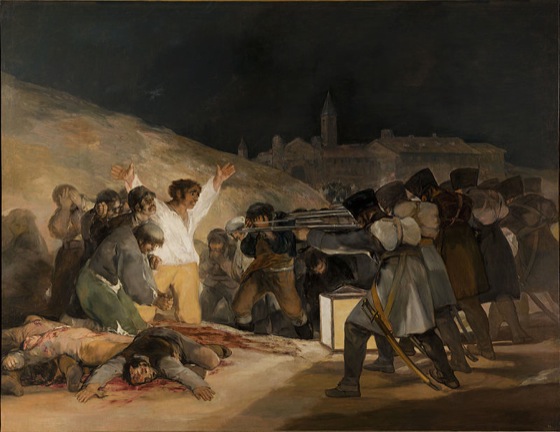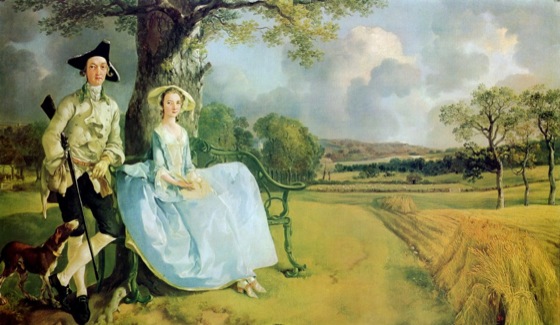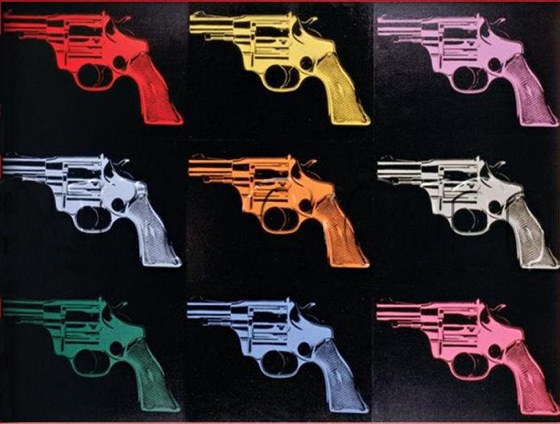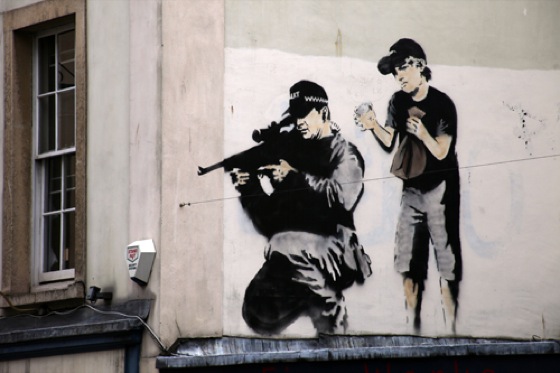A seven year old boy chewed his breakfast pastry into the shape of a gun. He pointed the pastry and said, “Bang-bang”. The boy was suspended for two days after the school described his actions as a threat. An eighth grader in Arizona was suspended for five days after he drew a gun on a piece of paper. A father of a kindergartener was arrested after his daughter drew a gun and told her teacher her dad uses the gun to kill monsters and bad guys. The father didn’t even own a gun. As art teachers, we encourage students to draw on a daily basis. Meanwhile, stories like these are becoming almost regular headlines.
They beg the question, “When, if ever, is it ok for our students to draw a gun?”
Looking back on my own childhood, I remember drawing guns. When I was in 5th grade, my buddy and I created an elaborate illustration depicting a war between Oreo Cookies and Chips Ahoy. The cookies were all armed and dangerous…but those were different times.
Today, many schools have a zero tolerance weapons policy and for good reason. In the 18 months since the Sandy Hook tragedy, where a gunman took the lives of 20 children and six adults, there have been 74 school shootings. Incidents, like Sandy Hook, have become increasingly more devastating over time, with six of the 12 deadliest shootings taking place since 2007.
While school shootings are all too real, the question becomes, is drawing a gun a threat? There are arguments to be made on both sides of this emotional issue. Some believe that plenty of concern is warranted. Like the written word, a student might use a drawing to illustrate plans they are contemplating. Safety should be the main priority. Others see drawing guns as a normal part of a life and believe the suspensions are just as an example of how far political correctness has gone.
Guns in Art History
Whether or not an art department decides to silence the drawing of weapons, guns in art history have not been absent. Many famous works of art contain guns and violence. Goya’s The Third of May comes immediately to mind.
Other works reveal guns in a more subtle manner as is the case in the classic English portrait by Gainsborough of Mr. and Mrs. Andrews.
Modern and contemporary artists have not shied away from the topic either, with Warhol, Lichtenstein, and even street artist Banksy creating works of art that incorporate guns.
Another consideration is the environment where the student lives. An art teacher working in an urban setting may hold a different position on guns than one working on or near a military base, or in a rural area where hunting is popular.
So, when should a student be allowed to draw weapons? Some say never. Others only allow for the drawing of imaginary weapons such as light sabers. Some teachers allow weapons to be illustrated as long as they are not being used in an act of violence. For others still, the decision is not theirs to make, as a policy is already in place by the school or district.
{image source}{image source}{image source}{image source}
What are your thoughts about guns in the art room?
Do you have your own policy, or are your actions dictated by a school-wide or district-wide policy?
Would your thoughts be the same if you were teaching a different age level?
Magazine articles and podcasts are opinions of professional education contributors and do not necessarily represent the position of the Art of Education University (AOEU) or its academic offerings. Contributors use terms in the way they are most often talked about in the scope of their educational experiences.
